In the winter of 2013, I happened upon a bookstore, Printed Matter, while schlepping through the snow-lined streets of Chelsea, New York City. Inside, I became blissfully enveloped in its vast inventory of artists’ books, a genre of the visual arts that I hadn’t known existed. Just one year prior, Sara Lubich had a corresponding experience at the exact same address.
“I went there [in 2012], and I was just blown away – like, wow! What is this place? And what is this genre?” She recalls. “Even though I studied art history, I had never heard the word ‘artist book’, so this was a whole new world opening up for me.”
Sara continues, “I then went back to intern there [in 2013], and my interest grew. I thought: we definitely need a place like this in Denmark!”
 | 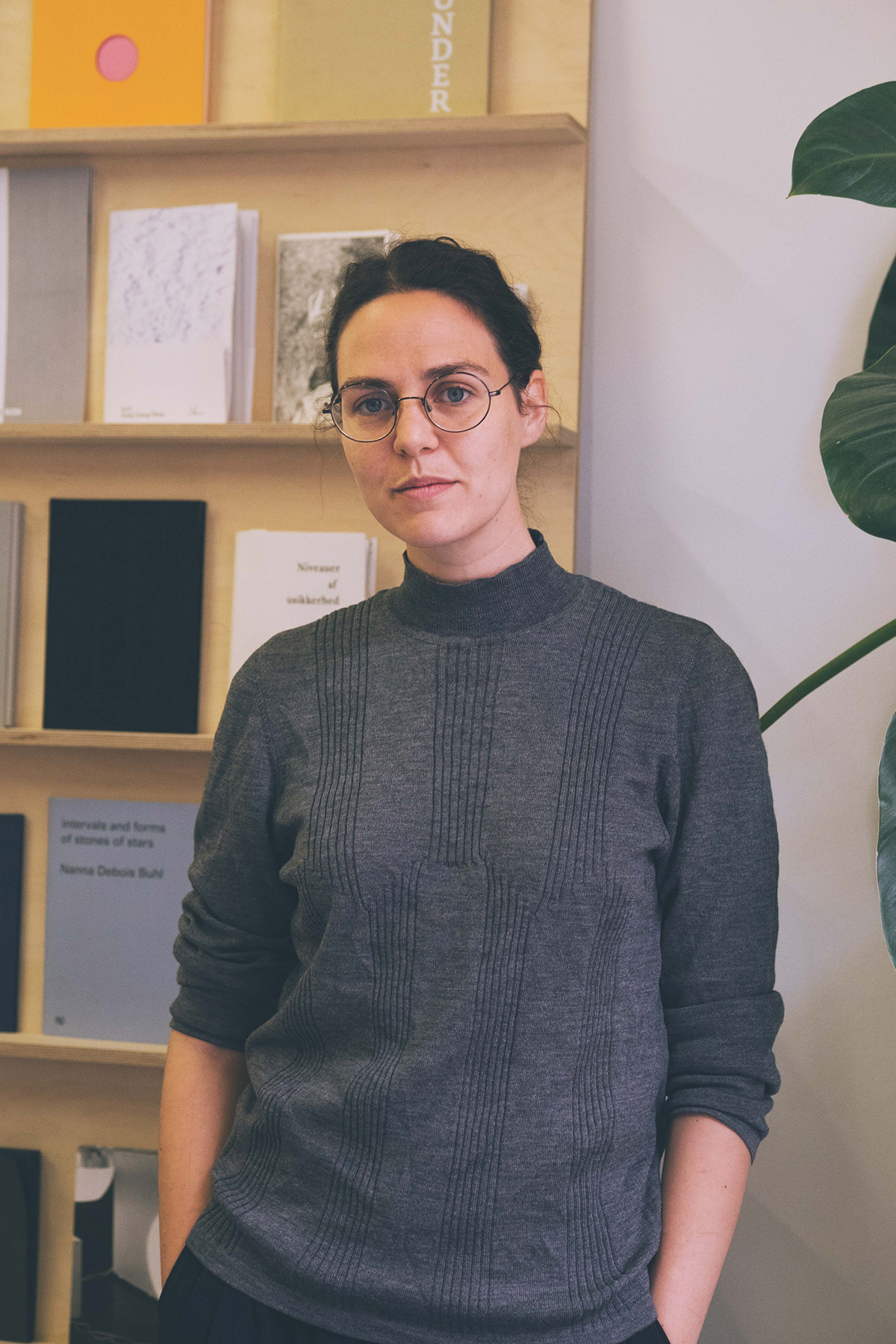 |
Stine Friis Møller, Sara’s business partner, also had ambitions of seeing the niche medium reach national audiences. In 2015, she was running Minus 1, an independent bookstore in the basement of Den Frei Centre for Contemporary Art, with Linus Carlsen. But upon meeting Lubich as well as Christian Klintholm & Marie Boye Thomsen, the five laid plans for a platform dedicated to artists’ books in Copenhagen, christening it Bladr (Danish for “turn the page”).
Their initiative took shape in February when they acquired premises on Griffenfeldsgade, Nørrebro. But despite its newfound public visibility, Bladr was never intended to function as a traditional bookstore. Rather, its founders envisioned it as a space that could advance a dialogue through talks, workshops, exhibitions, and daily exchanges on the underrepresented genre.
“We have an educational role in that we communicate what artists’ books are;people just don’t know about them,” explains Friis Møller. “They’re not well known in Denmark, which is funny because we have a tradition of producing them.”
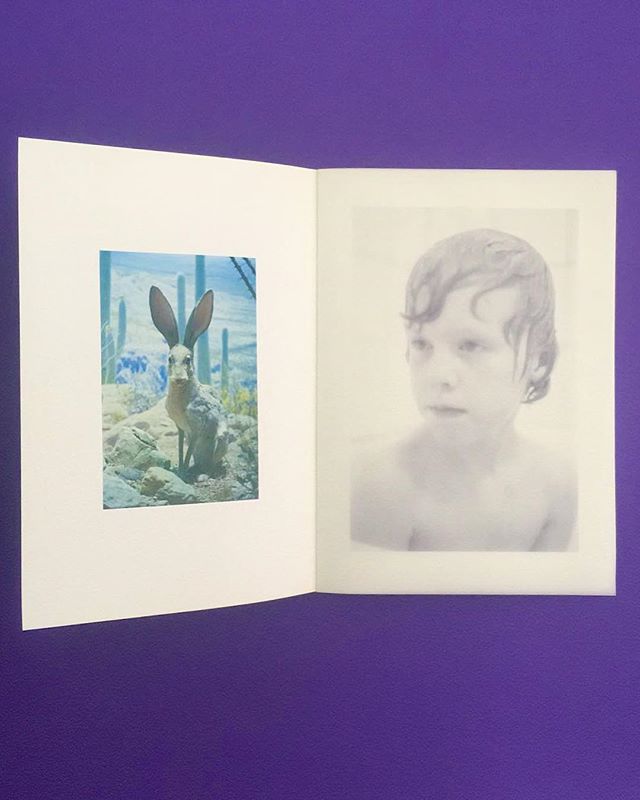 | 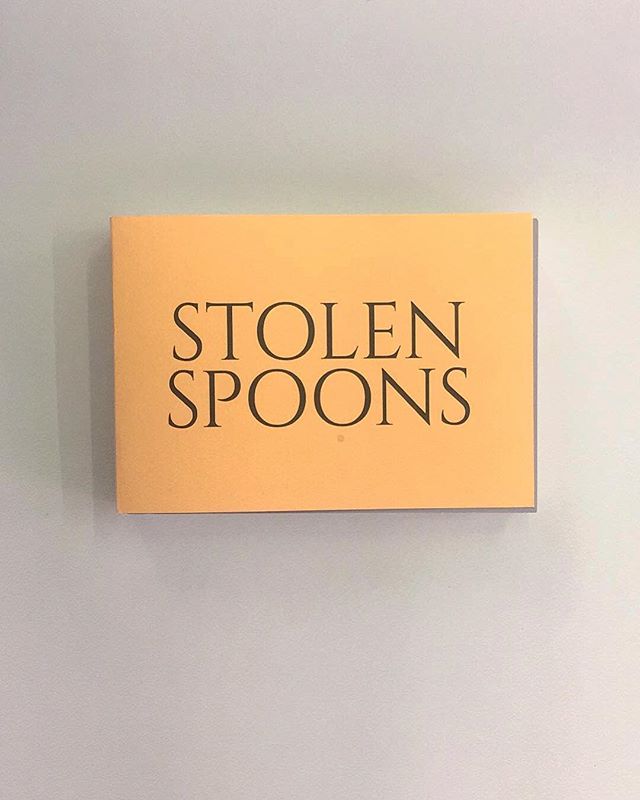 |
 |  |
For the uninitiated, this principally involves illustrating the distinction between art books and artists’ books. “An art book is a book about art,” details Lubich. “But an artist’s book is, itself, a work of art.”
“Many artists work with artist’s books as an exhibition space,” she continues. “Sometimes the artist’s book is an elaboration of an exhibition – or maybe just an exhibition in itself.”
There is a clear distinction between the gallery shop literature produced by major international publishers and the intricate, often handmade pieces that Bladr’s staff curate.
“There’s a difference between a Taschen book on Richard Avedon and this sort of obscene, non-explanatory book,” Friis Møller says, gesturing to a nearby display shelf. “Because most of the time artists’ books raise some questions, which a coffee table book usually doesn’t; it just has to look nice.”
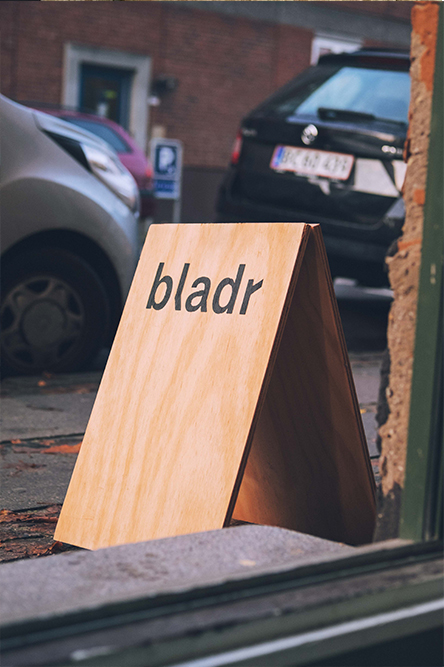 |  |
The medium’s cerebral qualities become neatly demonstrated when I ask Lubich and Friis Møller to share their current favorite works.
“This one is by a Berlin-based publishing house called Outer Space Press,” says Friis Møller. “It’s printed on paper made from crushed stone, and it shows pictures taken by a satellite [of rocky escarpments] all the way through.”
Lubich hands me her selection, a delicate paperback volume stamped with the words “Oh John.”
“What I really like about this is that the paper is almost transparent. So it’s kind of like each page has an influence on the next one,” she says, turning them back and forth to reveal undulating abstract patterns.
Bladr’s stock of these somewhat avant-garde pieces has attracted a dedicated following from among the local arts community – many of whom see the medium as a new way to channel their creativity.
“There’s a lot of people coming in who have their own ambitions of doing an artist’s book,” Friis Møller explains. “So they have a lot of questions – formal questions. What kind of paper? Where do I print it? And that’s a fun part of it: to have that conversation.”

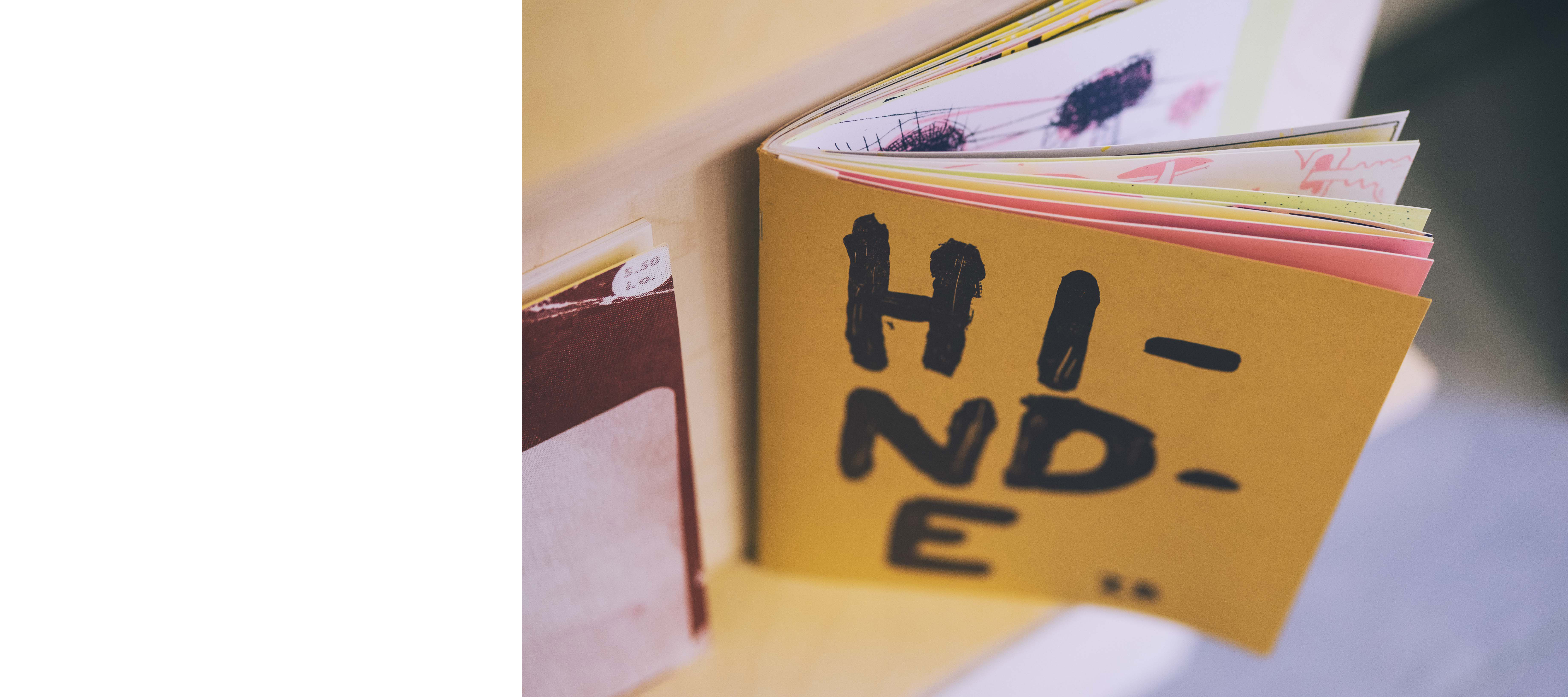
Bladr’s events calendar allows people to expand on these topics, with exhibition project Forlaget Gestus slated to offer in-store talks and performances on November 30th. Bladr will also collaborate with Dutch online artists’ books publisher oneacre.online over the coming months.
But its founders remain chiefly focused on conveying the value of their genre here in Copenhagen, aiming to one day serve epiphanic experiences similar to those found at the New York City store that originally captured my, and Sara’s, imaginations. Given the intriguing nature of the artists’ books they stock, that’s a goal that’s both possible and entirely worthwhile.

Visit Bladr
Griffenfeldsgade 27
2200 København N
Opening Hours:
Sun – Weds Closed
Thurs & Fri 3:00 – 6:00 pm
Sat 12:00 – 3:00 pm
See upcoming events at Bladr on their Facebook page.

